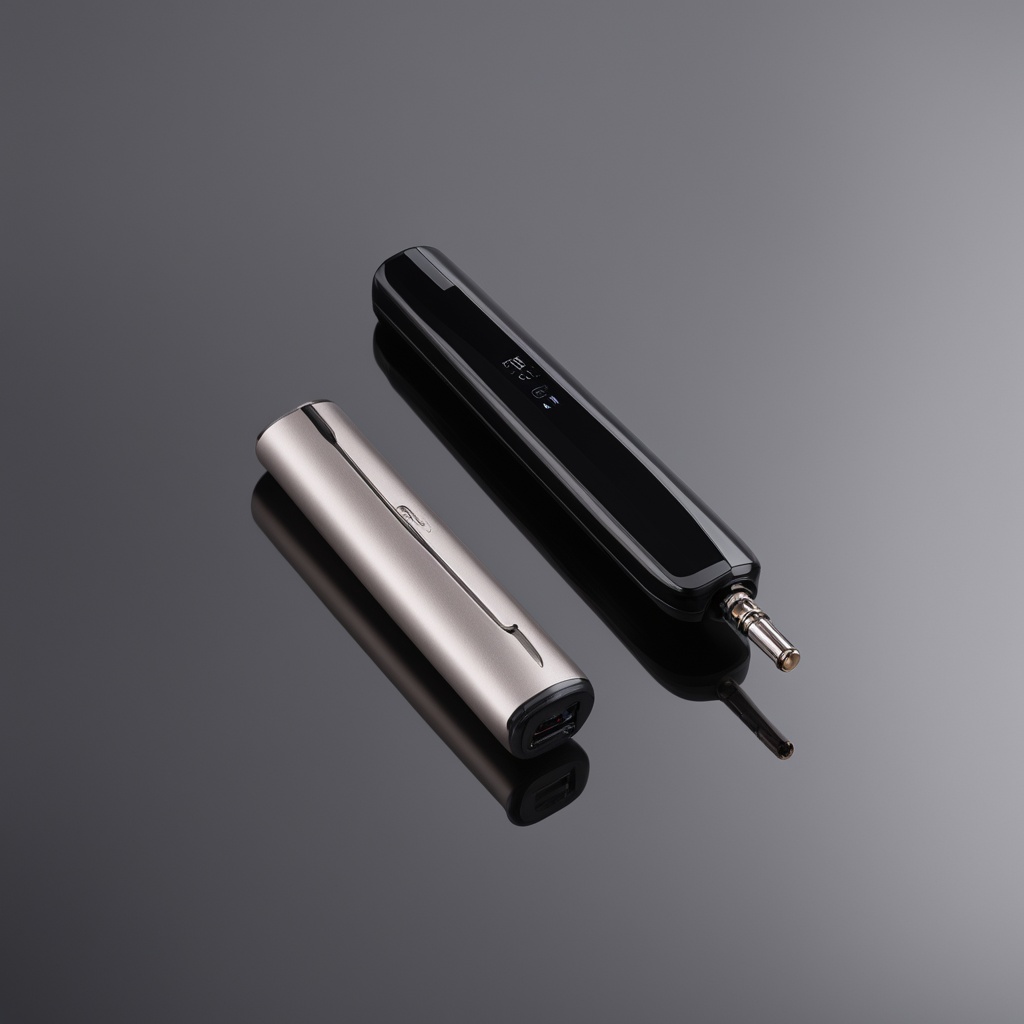Kuz C6000 Vape Nicotine Content: What Every Australian Vaper Needs to Know
The Kuz C6000 has become a hot topic among Australian vaping enthusiasts, particularly for its unique approach to nicotine delivery. As regulations tighten and consumer preferences shift, understanding the nicotine content in devices like this is critical. But what makes this product stand out? Let’s dive into the details.
Understanding the Kuz C6000 Design
The Kuz C6000 is a disposable e-cigarette designed for convenience. Its compact form and pre-filled e-liquid system cater to users seeking hassle-free alternatives to traditional smoking. However, its real selling point lies in its nicotine concentration. Unlike many competitors, this device offers a controlled release mechanism that balances throat hit and satisfaction. But how does this translate to real-world use?
Nicotine Levels and Safety Considerations
Australian vapers often ask: “Is the nicotine content in the Kuz C6000 safe?” The device contains 5% nicotine salt, equivalent to 50mg/mL. While this aligns with global trends for disposables, Australia’s strict nicotine laws require users to obtain a prescription for such concentrations. Ignoring this regulation could lead to legal consequences. Key considerations include:
- Compliance with local prescription requirements
- Potential health risks of high nicotine intake
- Differences between freebase nicotine and nicotine salts
Comparing the Kuz C6000 to Other Devices
How does the Kuz C6000 stack up against popular alternatives like the IGET Bar or HQD? While flavor variety is similar, its nicotine delivery system is engineered to reduce harshness. This makes it appealing to new vapers transitioning from cigarettes. But does smoother vapor mean higher addiction potential? Experts argue that nicotine salts absorb faster into the bloodstream, potentially increasing dependency risks.
Legal Landscape for Australian Vapers
Australia’s Therapeutic Goods Administration (TGA) classifies nicotine-containing e-liquids as prescription-only substances. This creates a gray area for disposable devices like the Kuz C6000, which are often imported illegally. Users must weigh convenience against compliance. Questions to consider:
- How are retailers bypassing import restrictions?
- What penalties apply for possessing unapproved devices?
- Are there safer, legal alternatives?
Health Implications of Nicotine Salts
The nicotine content in the Kuz C6000 uses benzoic acid to create smoother hits. While this improves user experience, long-term health effects remain understudied. Respiratory researchers caution that “high nicotine intake may worsen cardiovascular conditions”, especially in older adults. Balancing harm reduction against new risks is essential for informed choices.
User Experiences and Market Trends
Despite regulatory hurdles, the Kuz C6000 thrives in underground markets. Users praise its consistent flavor output and extended battery life. Yet, concerns linger about inconsistent nicotine content across batches. One vaper remarked: “It’s convenient, but I’d prefer lower nicotine options.” This highlights a gap in Australia’s vaping market—accessible devices with adjustable nicotine levels.
Ethical Dilemmas in Disposable Vape Culture
The environmental impact of disposable devices adds another layer of complexity. With millions of Kuz C6000 units discarded annually, sustainability advocates push for recyclable alternatives. Meanwhile, public health campaigns emphasize that no vaping product is entirely risk-free. Where should policymakers draw the line between personal freedom and communal well-being?
Final Thoughts: Is the Kuz C6000 Worth Trying?
For Australians navigating the vaping landscape, the Kuz C6000 presents both opportunities and challenges. Its high nicotine content suits heavy smokers seeking cessation tools, but legal and health risks loom large. Are you willing to trade convenience for potential long-term consequences? Until clearer regulations emerge, informed caution remains the best approach.
Questions to Reflect On:
- How do nicotine salts affect your body differently than freebase nicotine?
- What steps can regulators take to balance harm reduction and youth prevention?
- Could reusable devices with refillable pods solve environmental and nicotine-control issues?

